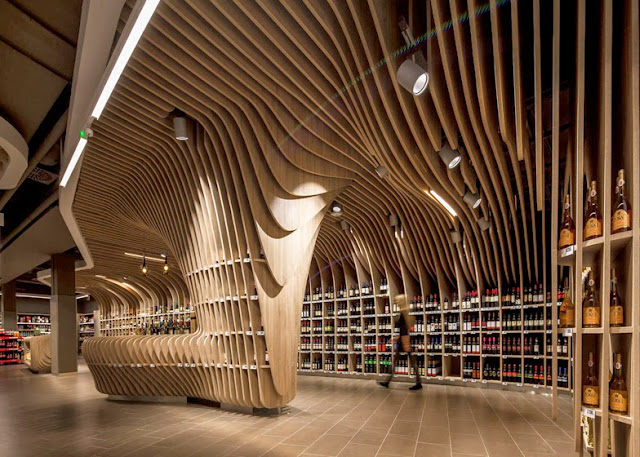The Luxurist has been taking his own advice for many years because he knows what many wine mavens have learned: this medium-to-full bodied red wine from the inviting Loire region in France pairs nicely with food and, because it is so little known, ordering a bottle won't break the bank.
In fact, the prices are so reasonable that a high quality Chinon usually turns out be a terrific value.
Made primarily from the cabernet franc grape, Chinons tend to show more herbal and mineral qualities than Burgundy. They might show some nice fruit. But you will not find any floral notes in them.
Some have called these wines "austere" or "reserved" Of course, that is precisely why they are wonderful wines to drink with a meal.
While the quality can be quite good across the board, the style of the wines will vary, not simply because of the skill of the winemaker, but also because the soils in the Loire Valley are not uniform.
According to a recent article in the New York Times, the Chinon appellation comprises "a mix of terroirs, including alluvial soils that tend to produce lighter, easier drinking wines; limestone, chalk and clay slopes, where the most complex, structured and age-worthy wines are grown; and soils dominated by clay, which can produce wines that reflect both styles."
Perhaps this is more than you need to know about Chinon. Suffice it to say that if you spend a few minutes with a thoughtfully assembled wine list, you may well find a Chinon worth drinking.
If you want to try a Chinon: Charles Joguet is one of the oldest and most reliable Chinon producers. Others include Bernard Baudry, Couly-Dutheil, Domaine des Roches Neuves, Phillipe Alliet. Wines from several of these producers were highly rated last week in a New York Times tasting of Loire reds. The Marc Bredif 2011 received 2 1/2 stars and is widely available in the U.S. You an get it here.











